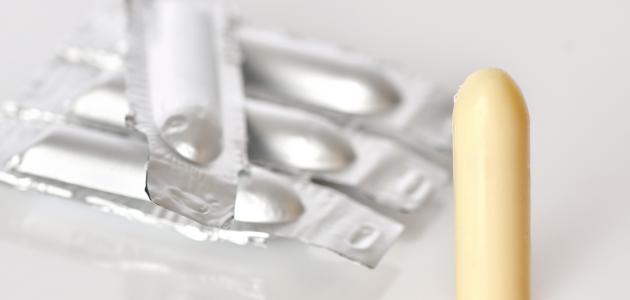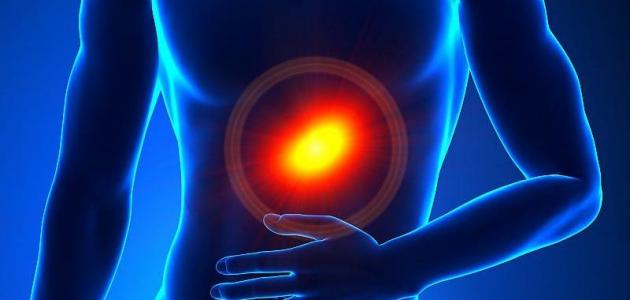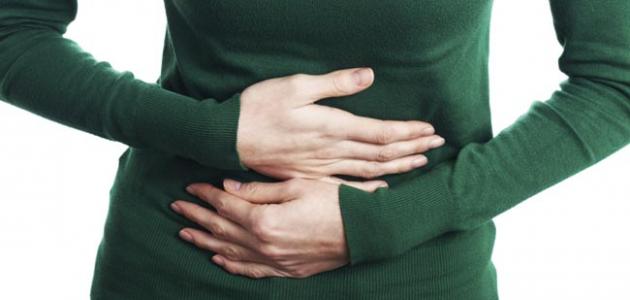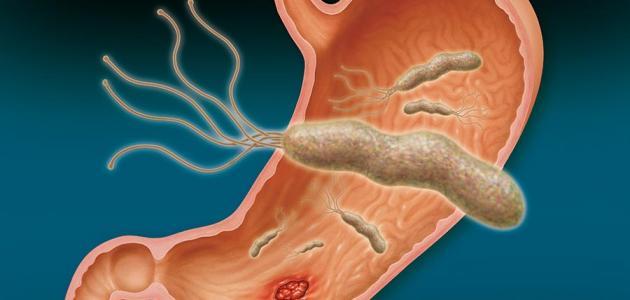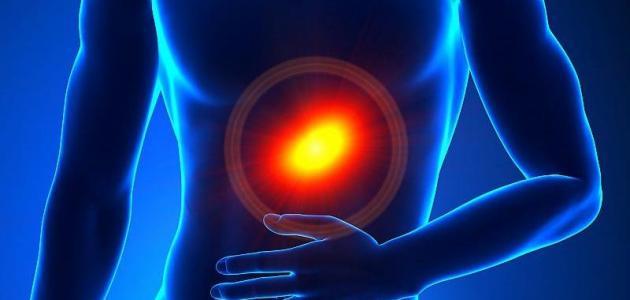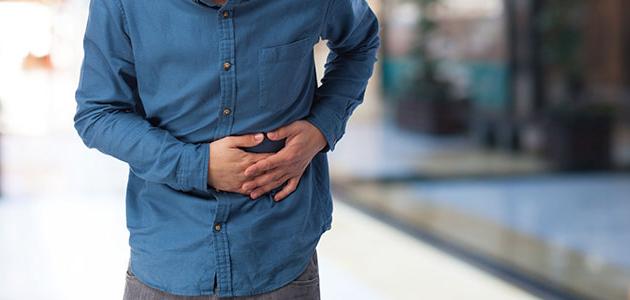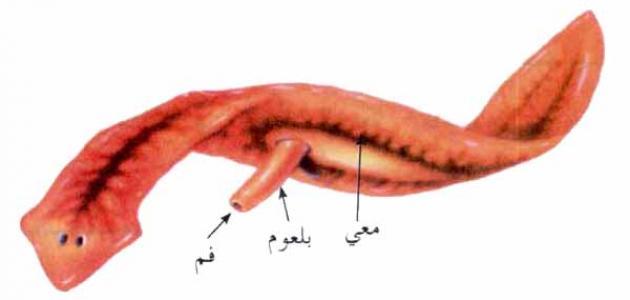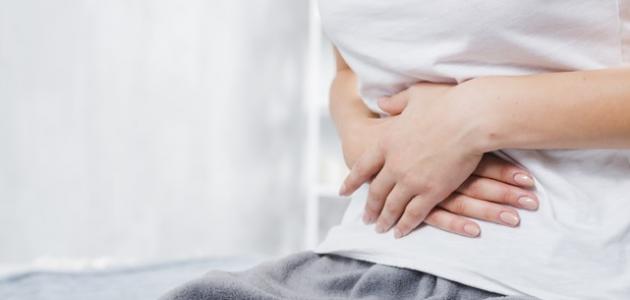Hemorrhoids
Hemorrhoids or hemorrhoids are defined as a health condition represented by swelling and inflammation of the veins around the anus or in the lower part of the rectum (in English: Rectum), and it is one of the health problems that commonly occur between men and women, and the fact that hemorrhoids are classified into two types; The first is known as internal hemorrhoids, and the second type is known as external hemorrhoids. As for the internal hemorrhoid, it appears in the layer lining the anus or the lower rectum. As for the external hemorrhoid, it appears under the skin in the part surrounding the anus. There are some Cases in which internal hemorrhoids are connected to external ones, and what should be noted is that hemorrhoids are fairly common health problems. Based on the results of the study conducted by the National Center for Biotechnology Information in 2011, it was found that the percentage of People with hemorrhoids are estimated at the equivalent of 4.4% of the total world population, and this percentage specifically represents people with symptomatic hemorrhoids.
degrees of hemorrhoids;
Hemorrhoids are divided according to the severity of the severity into four degrees, which can be described as follows:
- first degree: In this case, hemorrhoids are located above the toothed line known as the metatarsal line, and these hemorrhoids do not protrude when strained or pulled, meaning that they are not visible from the outside.
- second grade: Hemorrhoids protrude on tension in the anal canal distal to the dentate line, but then regress spontaneously.
- Third degree: Hemorrhoids protrude outside the distal anal canal so that they can only be relocated manually, and therefore these hemorrhoids are visible when examining the anus from the outside.
- Fourth degree: Hemorrhoids cannot be repositioned in this case, as the appearance of hemorrhoids in this case is permanent.
Hemorrhoid symptoms
The nature of the symptoms that appear on people with hemorrhoids depends on the type of hemorrhoids they suffer from. In general, symptoms can be indicated according to the type of hemorrhoids, as follows:
Read also:Left abdominal painSymptoms of internal hemorrhoids
Internal hemorrhoids form in the lined part of the rectum, as mentioned above, and due to the lack of nerves in this area, the patient often does not feel any pain and does not feel their presence as well, and the symptoms and signs that may indicate the presence of internal hemorrhoids are as follows:
- The appearance of blood in the stool. This can be observed by the presence of blood in the toilet or its appearance on the toilet paper after wiping.
- The appearance of a tissue in the form of a pink mass that is darker than the color of the surrounding skin around the anus, and this mass usually appears when straining during the excretion process, and it can return to its original place without any interference, and even if it does not enter, the injured person can push it inside By creating a slight pressure, and such a situation is known as prolapsed hemorrhoids, and in general it can be said that hemorrhoidal prolapse is a more severe and painful condition than internal hemorrhoids.
Symptoms of external hemorrhoids
These hemorrhoids form under the skin around the anus and cause the following symptoms:
- Feeling itching or discomfort in the anal area.
- Pain in the area.
- Swelling around the anal area.
- Bleeding occurs.
- The appearance of other symptoms in the event of a blood clot forming in the external hemorrhoid, and these symptoms are represented by a feeling of severe pain, noticeable swelling, in addition to inflammation of the area and the appearance of a mass in it.
Causes and risk factors for hemorrhoids
In general, the main reason for the formation of hemorrhoids lies in the increased pressure that occurs in the veins in the rectum or anus, and among the factors that increase the chance of this happening, we mention the following:
Read also:Gallbladder symptoms- Excessive straining or sitting on the toilet for a long time.
- Chronic constipation or diarrhea.
- Low dietary fiber content.
- Lack of physical activity and movement in general.
- Having a liver disease or problem.
- Muscle weakness in the area around the anus, either because of suffering from fecal incontinence, or because of surgery in the anal area, or as a result of advancing age.
- Obesity or pregnancy.
Diagnosis of hemorrhoids
The aforementioned symptoms and signs cannot be relied upon to definitively diagnose hemorrhoids. Some of the aforementioned symptoms may be similar to other medical conditions. This includes the appearance of blood in the stool; As blood can appear in the stool when suffering from some other digestive problems, and therefore it is necessary to go to the specialist doctor to obtain the appropriate evaluation and diagnosis, and often the steps for diagnosing hemorrhoids are as follows:
- Physical examination: This examination consists of examining the specialist doctor for any signs of the emergence of a hemorrhoid, including swelling of the veins in the lower region.
- Digital rectal examination: (in English: Digital rectam examination), and this examination is done by wearing a glove, applying a laxative or lubricant, and then inserting his finger into the rectum with the aim of confirming or denying the presence of a hemorrhoid.
- Anoscopy: Anoscopy, in which a hollow tube accompanied by a light is used to be inserted through the anus, thus revealing the presence of internal hemorrhoids.
- Proctoscopy: (in English: Proctoscopy), and in this type of endoscopy a hollow tube is also used, accompanied by a light, but it aims to give an image of the entire rectum.
- Sigmoidoscopy: (in English: Sigmoidoscopy), this examination is done using a flexible scope equipped with a light to examine the lower part of the rectum, and through this examination a sample of colon tissue can be taken for laboratory analysis.
- colonoscopy: (English: Colonoscopy), this examination is carried out using a long, flexible scope to detect the colon, which is also known as the large intestine, and such a type of examination allows the possibility of taking a sample of the tissue concerned for laboratory examination, in addition to the possibility of adopting it to treat some health problems that are discovered during this examination. .
Cases that require a doctor's review
Although hemorrhoids are considered a health condition that often requires medical intervention, there are a group of cases that require a more important visit to the doctor, and among these cases we mention the following:
Read also:Hernia causes- Abnormal bleeding from the anus or from the rectum. Although hemorrhoids are considered one of the most common causes of this type of bleeding, there are some other conditions that may cause this bleeding, as mentioned above, including inflammatory bowel disease (in English: inflammatory bowel disease). Disease) and some types of tumors, and therefore it is worth not neglecting cases in which blood appears in the stool.
- The person concerned has taken any medications that help prevent blood clotting, such as: apixaban, rivaroxaban, dabigatran, and warfarin.
- The appearance of other symptoms besides anal bleeding, such as feeling light-headed or general weakness; In some cases, such symptoms may indicate a large amount of blood loss, which requires immediate medical intervention.
- feeling pain in the abdomen; This is because hemorrhoids do not usually cause abdominal pain.
- A prolapsed hemorrhoid that cannot be retracted by putting pressure on the area.
- Feeling very severe pain, as such cases may indicate the formation of a blood clot in the external hemorrhoid, which requires immediate medical intervention as well.
Treatment of hemorrhoids
Some cases of hemorrhoids can heal on their own without the need for any medical intervention, within a few days, and in the meantime the patient should take plenty of rest in addition to the need to avoid any activity that causes pressure or tension on the area, and in general it is possible To say that if a person suffering from hemorrhoids suffers from intermittent anal bleeding from time to time, and so that this bleeding is simple; The patient does not need more than making some lifestyle adjustments, and advice related to these changes will be explained in a separate paragraph below, and in some simple or even moderate-severity cases it may be preferable to resort to some over-the-counter treatment options, especially if the hemorrhoid is external. And among the medications that are sold without a prescription is what is in the form of ointment, cream, or even suppositories placed in the anus, as these treatment options help relieve itching, swelling, and even pain associated with hemorrhoids, but it is advised not to use these products for more than one week, and it is worth consulting a doctor In the event that you do not feel an improvement after taking these medications for a week, you should also see a doctor if these treatment options cause any dryness in the area or a rash.
However, in the event of suffering from severe hemorrhoids, the specialist doctor usually resorts to one of the medical procedures, the most important of which are as follows:
- Attaching the rubber band: (in English: Rubber band ligation), this type of medical procedure is mostly resorted to in cases where the patient suffers from internal hemorrhoids accompanied by bleeding or prolapsed, and this procedure is done by the specialist doctor placing a rubber band at the base of the hemorrhoid so that this tape causes the blood supply to stop, even if The tied part of the hemorrhoids usually falls off within a week of applying this procedure, but it should be noted that this procedure can only be performed by a specialist, and others may not try it on their own.
- Infrared photocoagulation: (In English: Infrared photocoagulation), the specialist doctor uses an instrument to shine infrared rays on the internal hemorrhoids, and the heat from the infrared rays has the ability to form a scar that causes the blood supply to be cut off from the hemorrhoid and thus reduce its size.
- Electrocoagulation: (In English: Electrocoagulation), this mechanism is similar to photocoagulation, but the difference is that with electrocoagulation, electrical signals are applied to the internal hemorrhoids, with the aim of forming a scar that causes the blood supply to be cut off from the hemorrhoid and thus reduce its size as well.
- Sclerotherapy: (in English: Sclerotherapy), the principle of this surgical option is based on injecting a chemical drug into the hemorrhoid in order to reduce its size, in addition to the possibility of using heat, light, or even cooling in order to achieve this.
- Surgical excision: (in English: Surgical removal), surgery is the last line of treatment that is resorted to, in the event of suffering from pain that does not ease or improve, as well as in the event that hemorrhoids affect the patient’s quality of life and his ability to practice his daily activities.
Tips for relieving hemorrhoids
First of all, it is worth noting that it is possible to prevent hemorrhoids, or at least reduce the chance of suffering from them, by making sure to drink sufficient amounts of water, and do regular exercise, in addition to focusing on foods rich in fiber, and as for advice and instructions that help patients with hemorrhoids, especially simple cases The most important of them can be explained as follows:
- Use a sitz bath two to three times a day, for 15-20 minutes at a time, and it is recommended that the water used be slightly warm, taking care to immerse the hips and buttocks in it, as this advice can be applied to relieve itching and irritation in the area, and care should be taken to dry Blot the area well after you're done to reduce the chance of irritation.
- Avoid pulling or pushing too hard during ejaculation.
- Ensure that the area is clean by cleaning it with warm water daily, then patting it dry to avoid irritation.
- Sitting on cushions rather than on a hard surface can prevent new hemorrhoids from forming as well as help relieve existing bulges.
Hemorrhoid damage
In fact, hemorrhoids are usually chronic and painful, but they do not usually cause complications, and in rare cases some complications may appear, such as:
- Anemia: (In English: Anemia) Chronic hemorrhoids may lead to chronic blood loss that leads to anemia, which leads to a shortage of red blood cells important for transporting oxygen to the cells of the body.
- A strangulated hemorrhoid: Strangulated hemorrhoid, which occurs as a result of the cessation of blood flow to the internal hemorrhoid, causing severe pain.
- Thrombosed hemorrhoid: Thrombosed hemorrhoid In some cases, a blood clot may form inside the hemorrhoid, and the rupture of the hemorrhoid may cause more bleeding and pain, but the wound usually heals on its own, and in some cases skin growths may form in its place.
